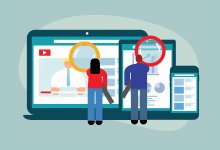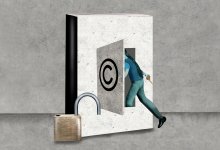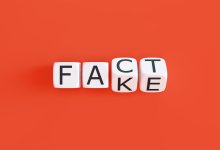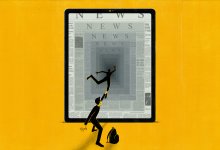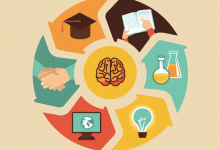Media Literacy
Find and share resources to help students learn to analyze, evaluate, and communicate in a world with countless media sources and constant access to powerful computers.
Teaching Students How to Identify Credible Sources
Teachers can guide students toward a clear understanding of the factors that make a particular source of information reliable or not.5298 Picture Books About Using Technology to Connect With Others
These books with characters who use tech to communicate with those they can’t be with in person should engage early learners.202Why Teaching Media Literacy Is Essential
Media literacy lessons can help high school students develop critical thinking skills as they question what they see online.222Using Infographics to Build Media Literacy and Higher-Order Thinking Skills
Teaching infographic literacy involves asking students to flex their critical thinking skills—and their creative muscles.1.7kHelping Students Hone Their Critical Thinking Skills
Used consistently, these strategies can help middle and high school teachers guide students to improve much-needed skills.682A Teacher’s Guide to Copyright and Fair Use
There are rules when it comes to using copyrighted material in the classroom—and easy ways to make sure you’re always in the clear.4.4kWhat Your Students Really Need to Know About Digital Citizenship
Ideas on how to guide students to the knowledge and experience they need to act responsibly online.11.1kGetting Fast Thinkers to Slow Down
Talking students through how the brain works—its shortcuts and tendency to draw incorrect conclusions based on limited information—can help them study and learn better.971Teaching Students to Analyze Fake News
This four-step process teaches students how to identify and critically analyze the misinformation embedded in fake news articles shared on social media.465Preparing Social Studies Students to Think Critically in the Modern World
Vetting primary resources isn’t easy—but doing it well is crucial for fostering engagement and deeper learning in a rapidly changing world.4.5kTeaching Adolescents How to Evaluate the Quality of Online Information
Use these strategies to help middle and high school students identify relevance, accuracy, bias, and reliability in the content they read.7.2kWhat Fact-Checkers Know About Media Literacy—and Students Should, Too
Professional fact-checkers use a strategy that’s at odds with how we usually teach information literacy. Here’s how to pass it on to your students.1.2kTeaching Students to Evaluate Websites
A few pointers on how to guide middle and high school students to determine whether a website offers accurate information.1.6kAn Engaging Word Game Helps Students Grasp Implicit Bias
A simple fill-in-the-blank exercise helped students understand the power of words and the way they might convey unspoken beliefs.4.1kCommon Core in Action: 10 Visual Literacy Strategies
Visual literacy explicitly teaches a collection of competencies that will help students think through, think about, and think with pictures.8k


